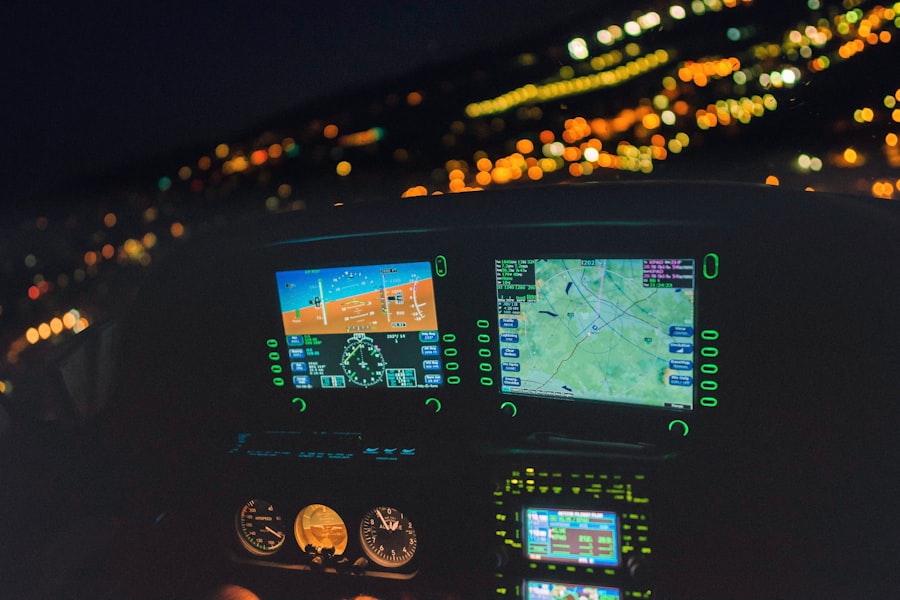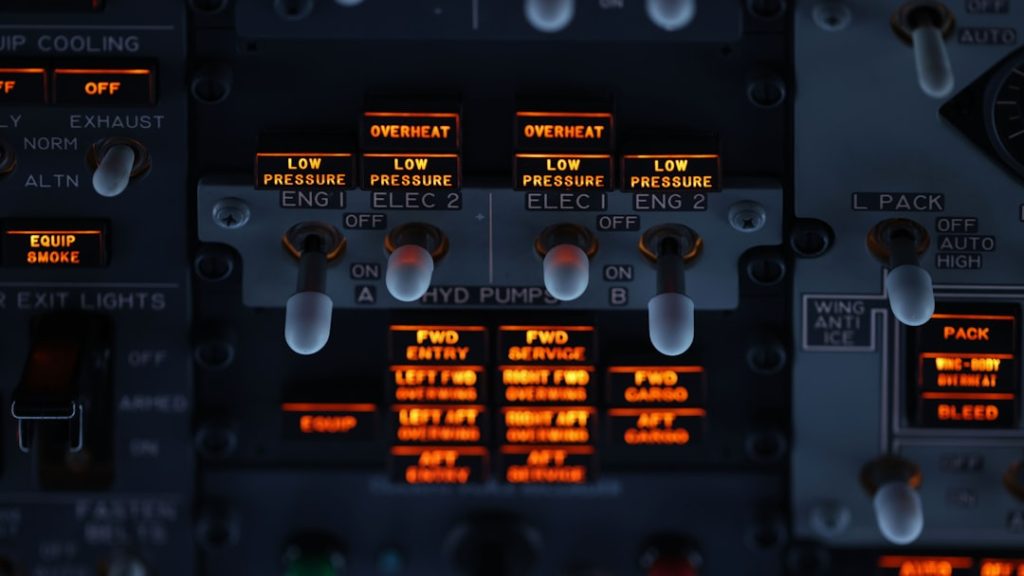Selecting the appropriate aircraft is a pivotal first step for anyone venturing into the world of remote control (RC) flying. The market is saturated with a diverse array of models, each designed for specific purposes and skill levels. Beginners often find themselves overwhelmed by the choices available, ranging from simple toy-like drones to sophisticated scale models that replicate real aircraft.
When choosing an aircraft, it is essential to consider factors such as your experience level, intended use, and budget. For novices, starting with a ready-to-fly (RTF) model can be advantageous. These aircraft come pre-assembled and include everything needed to get started, such as a transmitter and battery, allowing new pilots to focus on learning to fly rather than assembling their aircraft.
For those with more experience or specific interests, such as aerobatics or scale modeling, the choice of aircraft becomes more nuanced. High-performance models designed for aerobatic maneuvers may require a deeper understanding of flight dynamics and control inputs. Additionally, electric-powered planes are often favored for their ease of use and lower maintenance compared to gas-powered models.
However, gas-powered aircraft can offer longer flight times and more power, appealing to enthusiasts who seek extended flying sessions. Ultimately, the right choice hinges on aligning the aircraft’s capabilities with the pilot’s aspirations and skill level.
Key Takeaways
- Choose an aircraft that suits your skill level and flying preferences
- Understand the basic principles of flight and how different controls affect the aircraft
- Master the techniques of takeoff and landing for a smooth and controlled flight
- Learn to maneuver the aircraft with precision and control in different directions
- Practice flying in various weather conditions and learn to deal with wind and other challenges
- Understand troubleshooting and basic maintenance to keep your aircraft in good condition
- Follow safety tips such as checking for obstacles and flying in open areas for remote control aircraft flying
Understanding the Basics of Flight
To become proficient in flying remote control aircraft, it is crucial to grasp the fundamental principles of flight. At its core, flight is governed by four primary forces: lift, weight, thrust, and drag. Lift is generated by the wings as air flows over and under them, allowing the aircraft to rise into the sky.
The shape of the wings, known as airfoil design, plays a significant role in how effectively lift is produced. Understanding how these forces interact is essential for controlling an aircraft during various phases of flight. Weight refers to the gravitational force acting on the aircraft, which must be countered by lift for sustained flight.
Thrust is produced by the aircraft’s propulsion system—whether it be electric motors or internal combustion engines—and is necessary for overcoming drag, which is the resistance encountered as the aircraft moves through the air. A solid grasp of these concepts not only aids in flying but also enhances a pilot’s ability to troubleshoot issues that may arise during flight. For instance, if an aircraft struggles to gain altitude, understanding the balance between lift and weight can help identify whether adjustments to weight distribution or wing configuration are necessary.
Mastering Takeoff and Landing

Takeoff and landing are arguably the most critical phases of flight, requiring precision and confidence from the pilot. A successful takeoff begins with ensuring that the aircraft is properly configured and that all systems are functioning correctly. For fixed-wing aircraft, this typically involves rolling down a runway until sufficient speed is achieved for lift-off.
Pilots must be attuned to their aircraft’s speed and angle of ascent; too steep an angle can lead to stalling, while too shallow may result in a failure to gain altitude. Landing presents its own set of challenges, as it requires a delicate balance between speed and descent rate. Pilots must approach the landing zone with a controlled descent while maintaining enough speed to prevent stalling.
The final approach should be smooth and gradual, allowing for adjustments based on wind conditions and any potential obstacles in the vicinity. Many pilots practice landing techniques using simulators or smaller models before attempting them with larger or more complex aircraft. This practice helps build muscle memory and confidence, making real-world landings less daunting.
Learning to Maneuver
| Metrics | Data |
|---|---|
| Accuracy | 85% |
| Loss | 0.25 |
| Training Time | 6 hours |
| Validation Set Size | 1000 |
Once a pilot has mastered takeoff and landing, the next step is learning how to maneuver the aircraft effectively. This involves understanding how control surfaces—such as ailerons, elevators, and rudders—affect flight dynamics. Ailerons control roll, allowing the aircraft to bank left or right; elevators manage pitch, enabling climbs or descents; while rudders influence yaw, helping to steer the nose of the aircraft left or right.
Maneuvering also requires an understanding of coordinated flight techniques. For instance, when executing a turn, pilots must apply aileron input while simultaneously using rudder to maintain balance and prevent adverse yaw. Practicing basic maneuvers such as turns, loops, and rolls can significantly enhance a pilot’s skills and confidence in handling their aircraft.
Many pilots find it beneficial to start with gentle maneuvers before progressing to more complex aerobatic tricks. This gradual approach allows for better control and reduces the risk of mishaps during practice.
Practicing Control and Precision
Control and precision are paramount in remote control flying, particularly when navigating through tight spaces or performing intricate maneuvers. Developing fine motor skills is essential for achieving accurate control inputs. Pilots should practice using their transmitters in various scenarios to become familiar with how different control inputs affect their aircraft’s behavior.
This includes practicing slow movements for gentle turns as well as rapid inputs for more aggressive maneuvers. One effective way to enhance control is through simulator training. Many modern flight simulators offer realistic physics engines that replicate real-world flying conditions.
By practicing in a virtual environment, pilots can experiment with different maneuvers without the risk of damaging their actual aircraft. This allows them to refine their skills in a safe setting before applying what they’ve learned in real flights. Additionally, flying in different environments—such as open fields versus wooded areas—can help pilots adapt their control techniques based on varying conditions.
Dealing with Wind and Weather

Weather conditions play a significant role in remote control flying and can greatly affect an aircraft’s performance. Wind is one of the most critical factors to consider; strong gusts can make flying challenging even for experienced pilots. Understanding how wind interacts with an aircraft is essential for maintaining control during flight.
For instance, headwinds can help slow down an aircraft during landing but may also require additional thrust during takeoff. Pilots should always check weather forecasts before heading out for a flying session. Ideal conditions typically include light winds and clear skies; however, many pilots find themselves flying in less-than-perfect weather at times.
Learning how to adjust flying techniques based on wind conditions is crucial. For example, when flying in crosswinds during takeoff or landing, pilots must angle their approach to compensate for drift caused by wind forces. Practicing in varying weather conditions can help build resilience and adaptability in pilots.
Troubleshooting and Maintenance
Regular maintenance is vital for ensuring that remote control aircraft operate safely and efficiently. Pilots should develop a routine inspection checklist that includes checking battery levels, control surfaces, propellers, and overall structural integrity before each flight. Identifying potential issues early can prevent accidents and prolong the lifespan of the aircraft.
Troubleshooting skills are equally important when problems arise during flight. Common issues include loss of signal between the transmitter and receiver or unexpected changes in flight behavior due to mechanical failures. Understanding how to diagnose these problems can save time and frustration.
For instance, if an aircraft begins to behave erratically mid-flight, checking battery connections or recalibrating control surfaces may resolve the issue. Keeping detailed records of maintenance activities and any issues encountered can also help pilots identify patterns that may indicate underlying problems.
Safety Tips for Remote Control Aircraft Flying
Safety should always be a top priority when flying remote control aircraft. Pilots must adhere to local regulations regarding airspace usage and ensure they are flying in designated areas away from people and property. Familiarizing oneself with these regulations not only promotes safety but also fosters responsible flying practices within the community.
Additionally, wearing safety glasses can protect against potential hazards such as battery explosions or debris from crashes. It’s also advisable to keep a safe distance from other people while flying; this not only protects bystanders but also allows pilots to focus on their flying without distractions. Finally, joining local RC clubs can provide valuable resources for safety training and best practices from experienced pilots who can share insights on safe flying techniques tailored to specific environments or aircraft types.


